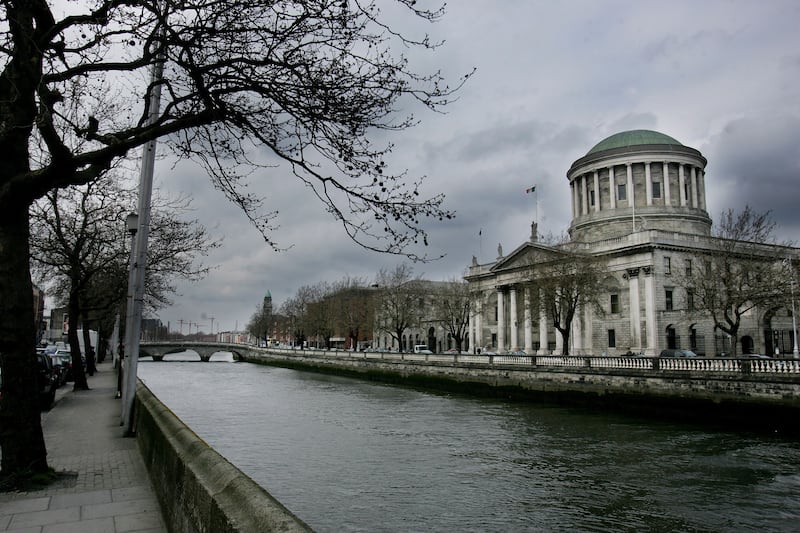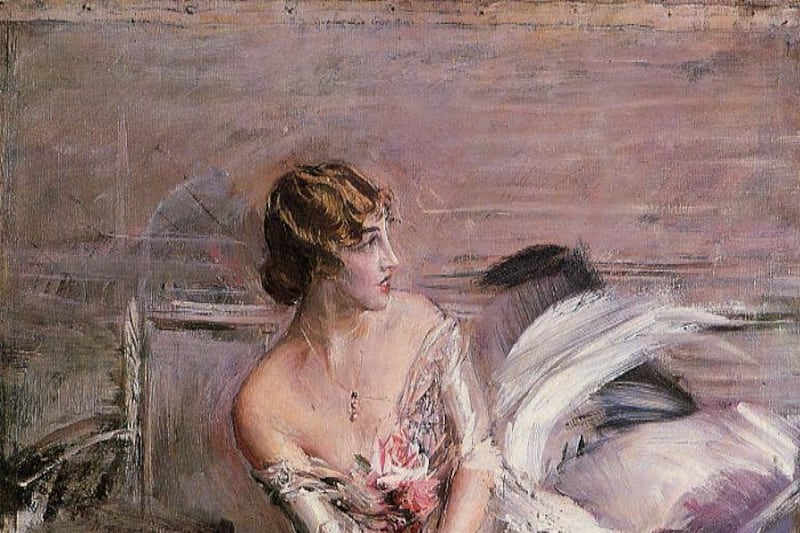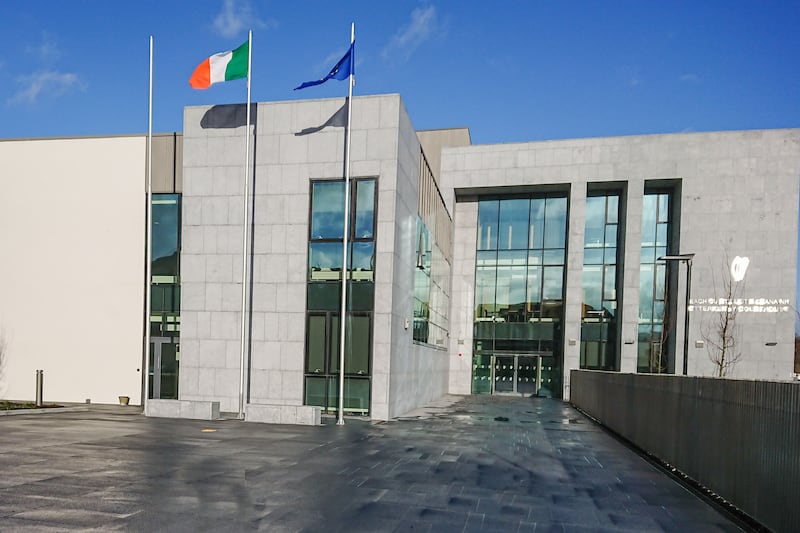"Still standing at the intersection of technology and the liberal arts. Happy Birthday Mac!" With that tweet, sent out by Tim Cook last weekend at a 30th birthday bash for the Mac computer at Apple headquarters, the company's chief executive pinpointed one of the key factors that has led to the Mac's three decades of success.
It is an idea that Apple founder Steve Jobs understood implicitly when he launched the little all-in-one computer on January 24th, 1984, with an outrageously expensive advertisement, from Alien and Blade Runner director Ridley Scott, that debuted during the Super Bowl.
The machine that would redefine home computing was marketed with the slogan: “The computer for the rest of us.”
Meaning, the computer for those without degrees in computing, or not brave enough to tackle the blinking, text-only command-line interface of the IBM machines of the day. (Many now assume the Orwellian-themed advertisement depicted a world dominated by Microsoft. But that era was yet to come – in the advertisement, it was IBM.)
Establishing a market
Now, when we all use computers and computer-based devices (many of them, such as the iPhone and iPad, made by Apple), it is easy to forgot there was a time when computing companies struggled to establish a market for home computers. In large part, this was because computers seemed made for people who, well, knew about computers. They did not seem to be for "the rest of us" – arts graduates or small-business owners, homemakers or teens, grandparents or graphic designers.
Most homes remained unconvinced they needed such a thing. But the Mac introduced a computer that could show text in the typefaces people knew from books and newspapers. Its screen could show pictures, rather than crude, pixellated approximations. Animations, even. It also had sound. Watch the video of a proud Jobs (in a bow tie back then) at the official Mac launch in Cupertino in 1984, and it still impresses. The crowd is genuinely astonished. Jobs basks in the adulation.
Over the next 30 years, the Mac would go through many iterations: expanding in memory and power; morphing into too many separate lines in the first post-Jobs era in the 1990s; turning multicoloured when he returned, and blue and white, then white, then aluminium. The desktop versions were poised on a stalk, then a stand. Laptops got smaller and thinner.
Though it always had a far smaller market share than less costly PCs, the Mac provided Apple with significantly larger margins. It retained a deeply loyal user base. And it still has respectable selling power. In results announced this week, Apple said it had sold 4.8 million Macs in the last quarter (ending December 28th), compared to 4.1 million in the same quarter the previous year.
Van Baker, vice-president and research director for analyst Gartner's mobile and client computing services, feels Apple's celebration of the Mac's 30th birthday is warranted. "There's been a lot of innovation that's come out of the Mac, and a lot of innovation still coming out of the Mac," he says.
“A lot of people dismiss it, because it doesn’t contribute a significant amount to Apple’s revenue now, and because it is priced at the high end of the market, but there’s a lot of synergy with the iPad and iPhone, and also the apps. So there’s a lot of leverage between all three platforms.”
The Mac is Apple’s high-performance platform, he says, and many of the features that first appear on the Mac eventually migrate over to the other platforms.
“It’s also a profitable business for them, so that combination makes the Mac still important to Apple. Now, is it as innovative as when it first came out? No. But because [other computer manufacturers] followed the original innovations on the Macintosh, and have followed the further developments of the Mac, it’s been very influential.”
Baker points to the introduction of the thin, lightweight MacBook Air, which was initially criticised for being expensively niche but has led to the development of an entirely new PC laptop sector: the high-end ultrabook. “Again, the Mac turned the industry on its head.”
But will the Mac celebrate a 35th birthday, much less manage a 40th, given the huge sales and ongoing development of the iPhone and iPad?
“I think certainly the computing platform on the iPhone and iPad will continue to improve but, fundamentally, the iPad and the Mac are different. Assuming that one is going to absorb the other is the wrong way of thinking about it,” Baker says. “They have different applicability.”
The Mac is far more complex, but it is easier for certain tasks involving keyboard work, and supplies a needed level of sophistication for a range of users, such as those in the design and scientific markets. Baker believes there is plenty of life left in the Mac.
What does he see as the Mac's greatest legacy? "The graphical user interface, and the mouse. Yeah, Apple saw them first at Xerox PARC [research lab], but by bringing them to the Mac, they brought that innovation to the masses. In that sense, they completely revamped the computer. It's still the one thing that has had the most impact."
Top-secret team: Development of the Mac
Designer Jerry Manock (above) had contributed to the design of several early Apple computers when Steve Jobs assigned him to a secret new project: the Mac.
On a visit to Dublin in 2012, Manock told The Irish Times about the experience of being part of that now famous team.“The exciting part was the secrecy,” he said.
The entire development team was sent off to work in a separate “skunk works” building, away from the main Apple offices.
The initial intention was to focus on portability: to create a computer with a built-in handle and a keyboard that could fold up to protect the screen.
But Jobs decided that the emphasis was instead going to be on producing a computer with a small desktop footprint.
Was Manock annoyed at the sudden shift? “I was used to that kind of change at Apple,” he smiled.
The emphasis for the Mac was going to be on the user. “It had to be a great user experience – that was a given with all Apple products.”
Manock, who worked on the Mac’s revolutionary boxy casing, lovingly recalled design details such as the small stretch of smooth plastic that stood out from the textured casing to help guide your hand to the on/off switch; the air vents with a pocket-like design that would prevent a child from sticking an object inside and risking a shock; and the neatly laid-out peripheral sockets on the back of the machine.
“That was one of Steve’s criteria: ‘That’s going to be sitting on someone’s desk, and a visitor is going to see the back of the computer.’ The back had to be attractive.”
Manock also famously chose the putty colour for the casing – Pantone colour number 453.
“I’d worked at HP before I started my own business. At HP, they had a whole group that did nothing but specify colours. At the time, they were mostly brown and beiges. I knew people could live with those colours.”
Was he there to see Jobs launch the Mac in Cupertino in 1984? “That’s like asking were you there at the birth of your first child,” he laughed.
“I was there. We all were there. He had the whole group stand up. I remember I cried a lot.”




















